What are allergy eye drops?
.png?v=1673538000483)
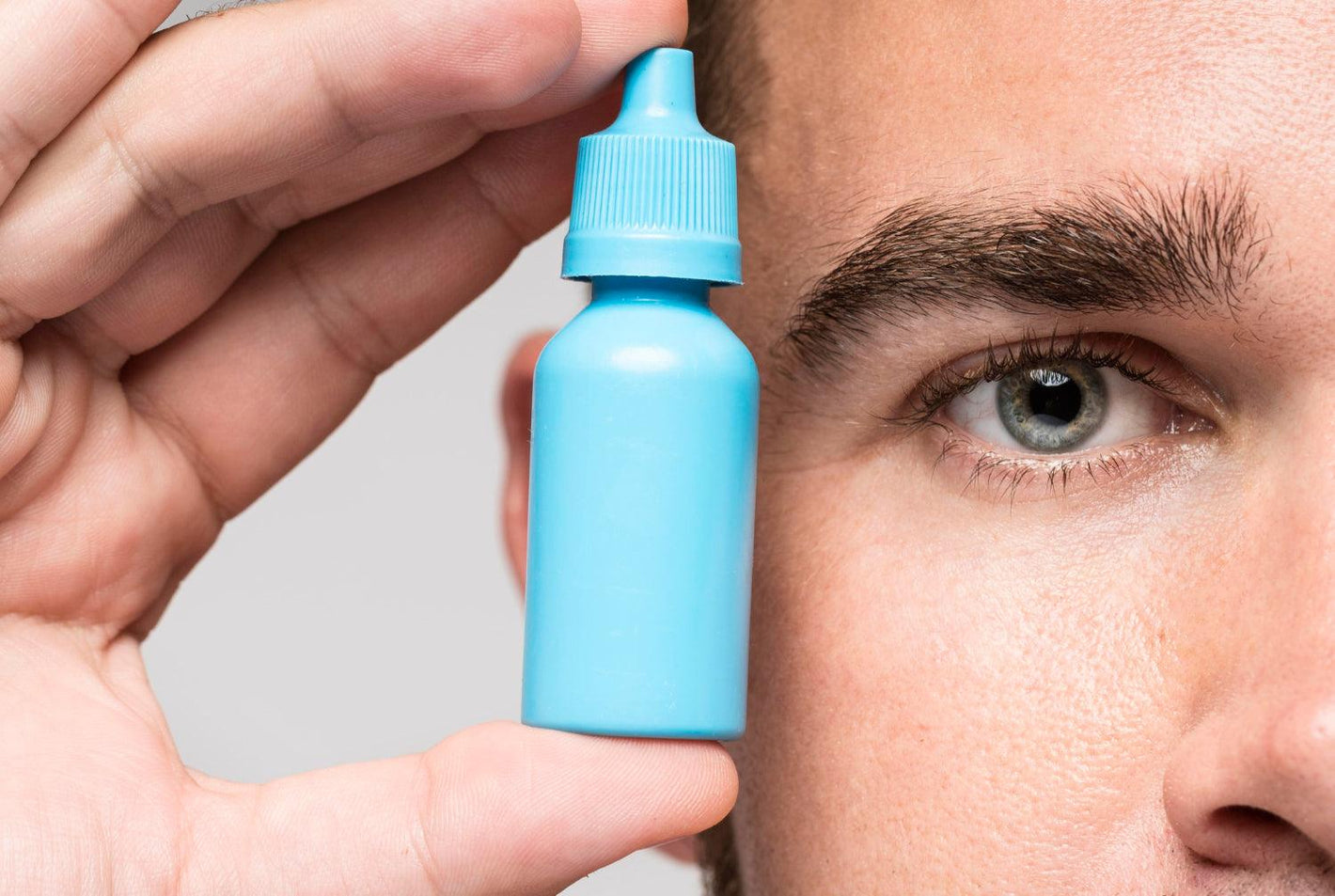
Related products
If your eyes feel itchy, red, watery, or irritated—especially during certain times of the year—you might be dealing with allergic conjunctivitis, also known as eye allergies. This common condition is often triggered by airborne allergens like pollen, dust mites, pet dander, or mold. These symptoms frequently go hand-in-hand with hay fever, making allergy season especially uncomfortable for many.
That gritty, "something-in-your-eye" feeling—despite nothing being there—is a telltale sign. While eye allergies can occur on their own, they often accompany classic allergy symptoms such as sneezing, nasal congestion, or a runny nose.
Allergy eye drops are specially formulated to relieve this kind of irritation by calming the body’s histamine response and reducing inflammation in the eyes. Whether your symptoms are occasional or persist year-round, choosing the right allergy eye drops can offer targeted relief and help you get back to your day with less discomfort.
Since these eye symptoms are often just one part of a broader allergic response, especially during high-pollen months, combining eye care with effective hay fever treatments can be a smart approach to managing your allergy symptoms more completely.
Types of Eye Allergies
The following are the most common types of eye allergies:
Seasonal Allergy
It is the most frequent type of ocular allergic reaction. Those who suffer from such allergies get symptoms throughout the spring, fall, and summer. This is usually based on the type of plant particles inside the air.
Perennial Allergic Reaction
Similar to seasonal allergies, this form of eye infection produces minor symptoms. Mould, dust mites, common household allergies, and pet dander are the reasons behind this year-round problem.
VKC (Vernal Keratoconjunctivitis)
It is a severe eye allergy that can happen at any time of year. However, this type of allergic reaction suffers from seasonal worsening of symptoms. Boys and young men are the most commonly affected by this allergy. The majority of individuals even have eczema or asthma. Perennial allergic conjunctivitis (PAC) is a type of seasonal allergic conjunctivitis that lasts all year.
Atopic Keratoconjunctivitis
Atopic eye infection strikes elderly patients, particularly those patients who have a history of allergy dermatitis. This allergy, like a vernal allergy, exhibits symptoms all year long.
Contact Allergy
This allergy, as the name implies, is caused by contact lens irritation.
Giant Papillary Allergy
Giant papillary is a severe form of contact allergy in which the top lining of the inner eyelid develops into separate fluid sacs.
What Are Eye Allergy Drops?
Allergy eye drops are liquid medications used to treat the symptoms of allergies in the eyes.
When it comes to managing allergy-related eye symptoms, choosing the right eye drops can make a big difference. Several products are specifically formulated to relieve redness, dryness, irritation, or inflammation—each targeting different causes and severity levels of symptoms:
-
Murine Irritation & Redness Relief Eye Drops 10ml – These fast-acting drops help reduce redness and soothe irritation caused by allergens and environmental factors like smoke or dust.
-
Vizulize Intensive Dry Eye Drops – Designed for long-lasting hydration, these drops are ideal for dry, allergy-prone eyes and help restore moisture without causing further irritation.
-
SodiEye Sodium Chloride 5% Eye Drops 10ml – Often used for removing excess fluid and reducing corneal swelling, this solution supports clearer, more comfortable vision.
-
Otrivine Antistin Eye Drops 10ml – A combination antihistamine and decongestant, these drops target allergic reactions directly, helping to relieve itching and watery eyes caused by hay fever.
-
Hylo Forte Lubricating Eye Drops 10ml – Perfect for persistent dry eyes, Hylo Forte provides intensive lubrication, making it suitable for people with chronic eye dryness due to allergies or screen strain.
Decongestant Eye Drops
Decongestant eye drops relieve eye redness immediately. They function by constricting the blood vessels around and within the eyes. Several decongestant eye drops contain one or two other medicines, such as zinc or glycerin. These can improve overall the redness alleviation qualities of the eye drops or give moisture. For additional support in managing eye-related allergy symptoms—especially when you're on the go—Allergy Wipes & Tissues can help gently cleanse away pollen, dust, and other irritants from around the eyes and face. They're a convenient, non-medicated way to reduce exposure to allergens throughout the day.
Moisturizers and Artificial Tears
Dry eyes are quite common. It can sometimes be associated with red, irritated eyes. Eye drops that resemble natural tears may help some persons restore moisture to their eyes.
Artificial tears are available in the form of eye drops, gels, and ointments. Gels and ointments are heavier and last longer in the eye. This can help you use them less frequently throughout the day. However, they may cause mild blurry vision immediately after application.
Mast cell stabilizer eye drops
Mast cell stabilizers eye drops are only accessible via prescription. They function by making mast cells less prone to produce histamines. Unlike over-the-counter antihistamine/mast cell stabilizer eye drops, these do not stop histamine's effects. As a result, they're less effective.
OTC combination allergy eye drops
Some over-the-counter allergy eye drops contain an antihistamine as well as a decongestant. Lubricants may be used to add moisture.
Anti-inflammatory eye drops
No steroidal anti-inflammatory medications (NSAIDs) and corticosteroids are the two major types of anti-inflammatory eye drops. Corticosteroids and NSAIDs both help to decrease swelling and discomfort in and around the eyes.
They often perform less than mast cell stabilizer/antihistamine drops. Eye drops with anti-inflammatory properties are typically prescribed to treat more severe symptoms. Additionally, they should only be used for a short period.
Preservatives
Preservatives can be added to eye drops to inhibit bacteria growth and extend the product's shelf life. These substances can sometimes irritate your eyes.
Non-Preservatives
Non-preservative eye drops or preservative-free eye drops do not contain the chemical used to extend shelf life. To avoid contamination, these drops are frequently available in single-use vials and should be discarded within 24 hours. Preservative-free drops are more costly than other drops
Hay fever Eye Drops
Hay fever is a typical allergy disease. Itchy, red, or watery eyes, a runny nose, and sneezing are among hay fever symptoms. Pollen can irritate the eyes of some people. Our body's natural response is to wipe the dander away, which is why some people get watery eyes.
While applying hay fever eye drops, remove contact lenses. Hay fever eye drops must be discarded after 4 weeks
How Can Eye Drops Help?
A variety of eye diseases can be treated with eye drops. For example, your doctor may prescribe eye drops to treat an infection, a small eye injury, or a condition such as glaucoma. When your eyes are irritated, you may grab over-the-counter eye drops first. When your tears are insufficient to lubricate and moisturize your eyes, eye drops, commonly known as artificial tears, can help.
Eye Allergy Triggers
-
Pollen from grass, trees, and weeds are examples of outdoor allergies.
-
Dust mites, mould, and pet dander are examples of indoor allergies.
-
Cigarette smoke, perfume, and vehicle exhaust are examples of eye allergy triggers.
What to do and what not to do if you have allergic eyes
-
Don’t wear your contact lenses (if your symptoms are severe or your cornea is impacted) until your eyes have improved and 24 hours have passed since the previous dosage of ointment/drops (if they were required)
-
Avoid rubbing your eyes.
-
Avoid eye makeup.
-
Wash your hands regularly
-
Washing your eyes in cold water with a flannel or with an over-the-counter 'eye bath' may help relieve symptoms.
-
Try to keep yourself away from the allergy's source
-
Put on shades or glasses to protect your eyes from pollen.
-
Remove contact lenses while applying hay fever eye drops.
Allergy-related eye symptoms like redness, itching, dryness, and swelling can be incredibly frustrating—especially when they interfere with your daily life. Thankfully, a wide variety of allergy eye drops and supportive products are available to target specific symptoms and provide lasting relief. From decongestant and lubricating drops to mast cell stabilizers and preservative-free options, there’s a solution for almost every need and severity.






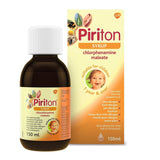

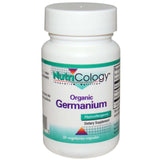
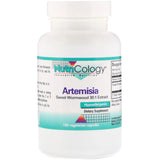



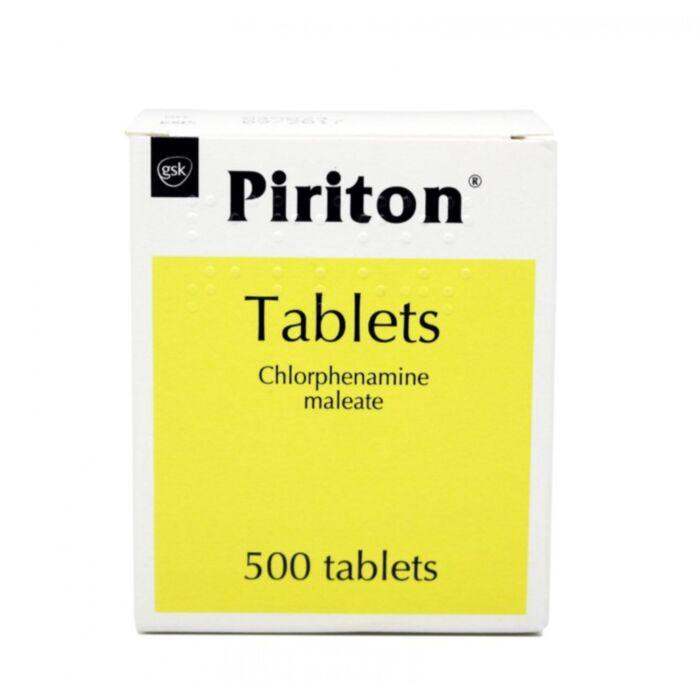








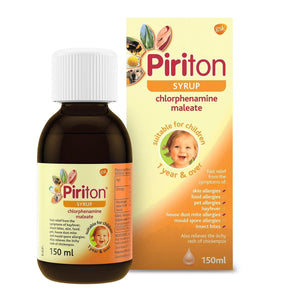

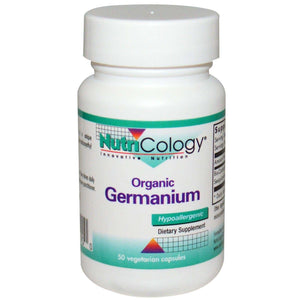
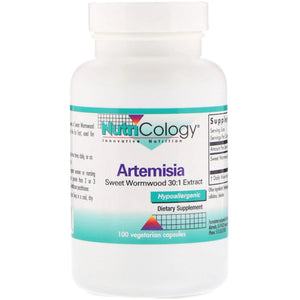
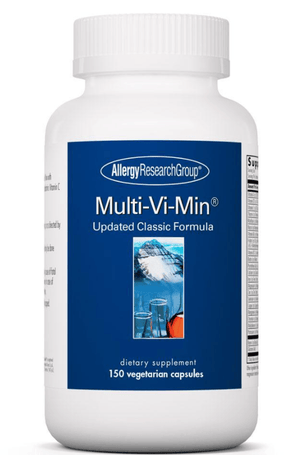


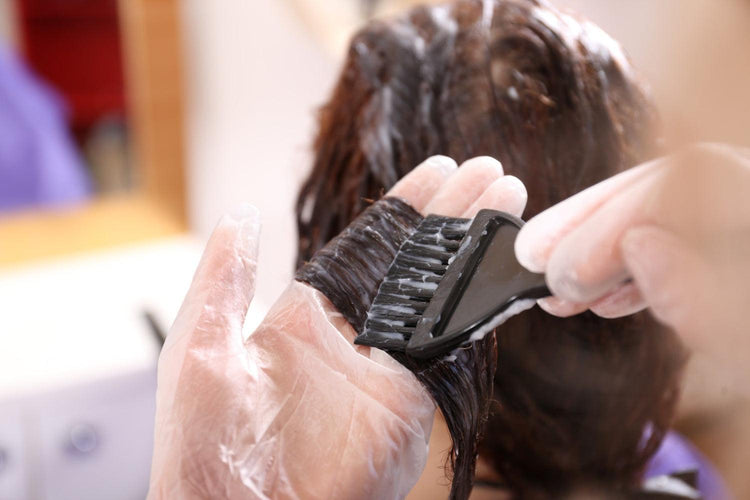
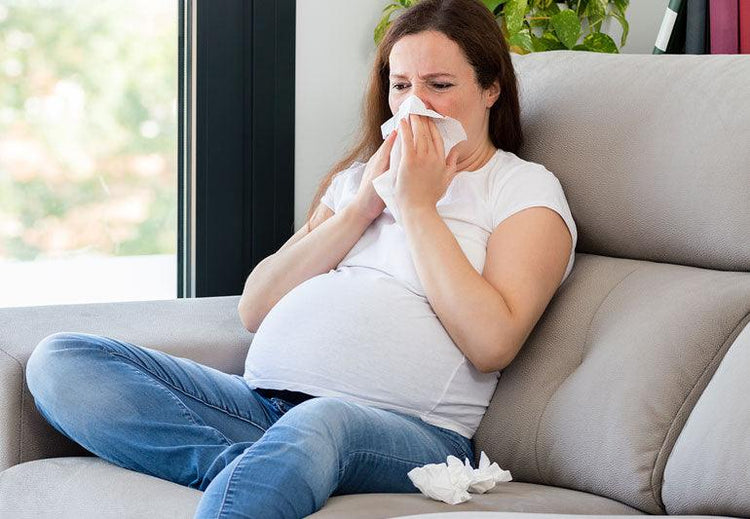
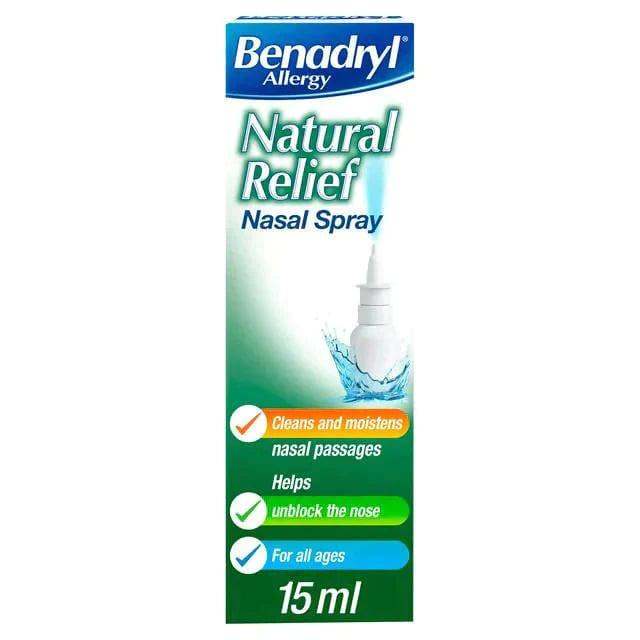


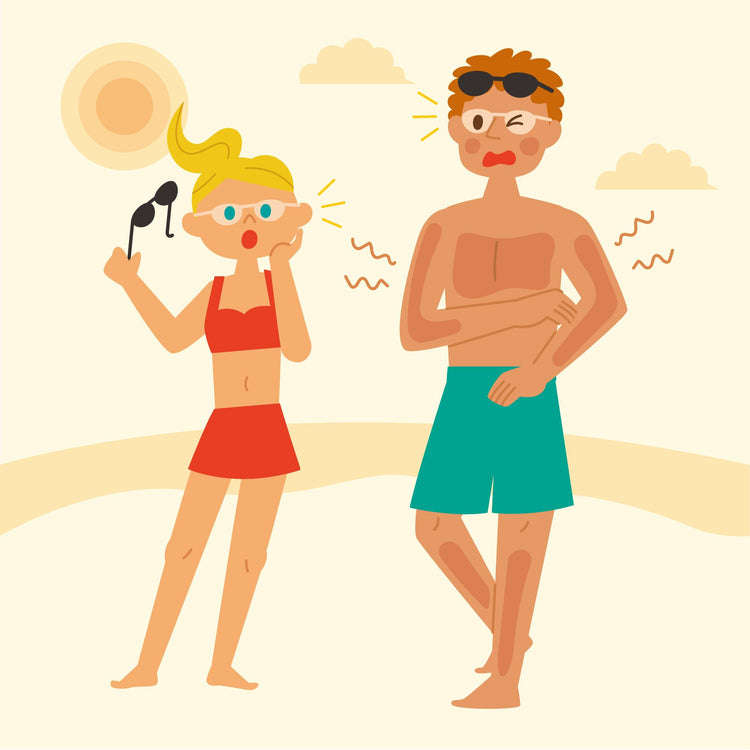
 Rated Excellent by 14,617+ Reviews
Rated Excellent by 14,617+ Reviews